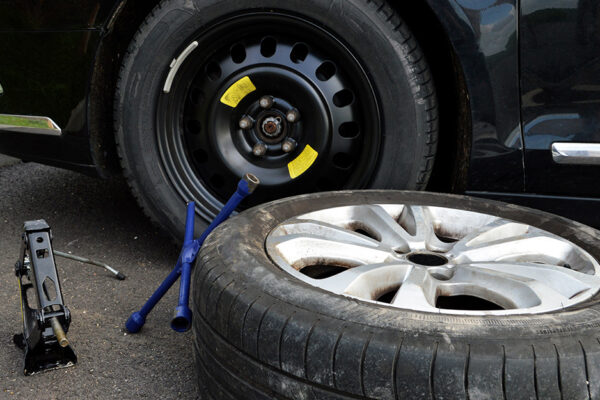How Often Should You Change Your Car's Tires?

Your car tires play a crucial role in ensuring safe and reliable performance on the road. Over time, tire tread wears down, affecting traction, handling, and overall safety. It is important to understand when to replace your car tires to maintain optimal driving conditions. In this article, we will delve into the factors that determine tire lifespan and provide guidance on how often you should replace your car’s tires for maximum safety and performance.
Tread Depth
Tire tread depth is a key indicator of tire wear. As tires age and accumulate mileage, the tread gradually wears down. One common method to measure tread depth is by using the “penny test.” Insert a penny into the tread grooves, with Lincoln’s head facing downward. If you can see the top of Lincoln’s head, it signifies that the tread depth has worn down to an unsafe level, and it’s time to replace the tires.
Tread Wear Indicators
Modern tires come equipped with tread wear indicators, which are small rubber bars positioned within the tire grooves. These bars become more visible as the tire tread wears down. When the tread wear indicators are flush with the remaining tread, it indicates that the tire has reached the minimum allowable tread depth, and replacement is necessary.
Age of the Tires
In addition to tread wear, the age of the tires also plays a significant role in determining when to replace them. Regardless of tread depth, it is generally recommended to replace tires that are over six years old. Over time, the rubber compounds in tires degrade, which can compromise performance, handling, and safety. To determine the age of your tires, look for the four-digit DOT code on the sidewall, where the last two digits represent the week and the last two digits represent the year of manufacture.
Driving Conditions and Habits
Driving conditions and habits impact tire wear. If you frequently drive on rough or uneven roads, encounter extreme temperatures, or engage in aggressive driving maneuvers, your tires may wear out faster. Additionally, improper tire inflation, lack of rotation, or failure to align the wheels can accelerate tire wear. Regularly inspect your tires for signs of uneven wear or damage and adjust your replacement interval accordingly.
Manufacturer Recommendations
Always refer to the tire manufacturer’s recommendations for specific guidelines on tire replacement. Manufacturers may provide estimates based on mileage, tread wear indicators, or time intervals. It’s important to note that these recommendations can vary based on tire type, brand, and usage, so it’s wise to consult your tire manufacturer’s documentation or website for the most accurate guidance.

